
The FIRST Sign of HIGH BLOOD SUGAR Is…
High blood sugar, or hyperglycemia, is a silent condition that can wreak havoc on the body over time. While it often goes unnoticed in its early stages, the first signs are usually subtle and easy to dismiss. However, identifying these early warning signals could be the key to preventing serious complications like type 2 diabetes, nerve damage, and heart disease.
So, what is the very first sign of high blood sugar?
Surprisingly, it often shows up on your skin before you even notice changes in energy, mood, or appetite. One of the earliest symptoms is itchy, dry skin or unexplained rashes, particularly around areas like the elbows, armpits, groin, or neck. These skin changes may be accompanied by small red bumps, dark patches, or even skin infections—especially if your blood sugar has been elevated for an extended period without you realizing it.
Why Does This Happen?
When blood sugar levels are too high, the body tries to eliminate the excess glucose through the urine, leading to dehydration. This lack of moisture affects the skin, making it dry, cracked, and itchy. At the same time, elevated blood sugar impairs immune response, meaning the skin is more vulnerable to bacterial and fungal infections. Even a small scratch can take longer to heal and may become infected more easily.
Another related condition is acanthosis nigricans, a skin disorder characterized by dark, velvety patches in body folds and creases. It is a common sign of insulin resistance—an early red flag for developing type 2 diabetes.
Other Early Symptoms to Watch For
In addition to skin changes, there are several other signs that may accompany high blood sugar in its early stages:
-
Increased thirst and frequent urination
-
Fatigue, especially after meals
-
Blurred vision
-
Sudden or unexplained weight loss (or gain)
-
Slow wound healing
-
Tingling or numbness in the hands and feet
The challenge is that many of these symptoms can be attributed to other conditions or simply overlooked. That’s why it’s important to listen to your body and take note of even minor changes—especially when they come in clusters.
Who’s at Risk?
Certain people are more likely to develop high blood sugar or diabetes, including:
-
Those who are overweight or obese
-
Individuals with a family history of diabetes
-
People with sedentary lifestyles
-
Women who had gestational diabetes
-
Those with high blood pressure or high cholesterol
If you fall into any of these categories, you should be extra vigilant about early warning signs, particularly skin symptoms, as they may be the first visible cue that something is off.
When to Seek Help
If you’re noticing unusual skin conditions—especially itchiness, discoloration, or persistent rashes—it’s a good idea to consult a doctor. A simple blood test can determine your current blood sugar levels and reveal whether you’re prediabetic or already experiencing hyperglycemia.
Early detection makes a world of difference. With timely intervention, lifestyle changes like improving your diet, increasing physical activity, reducing sugar intake, and managing stress can help stabilize your blood sugar naturally.
Conclusion
The first sign of high blood sugar isn’t always dramatic—but it is often visible. Paying attention to what your skin is telling you might just be the first step to preventing a lifetime of complications. Don't ignore small signs. Your body is always speaking—learn to listen.
News in the same category

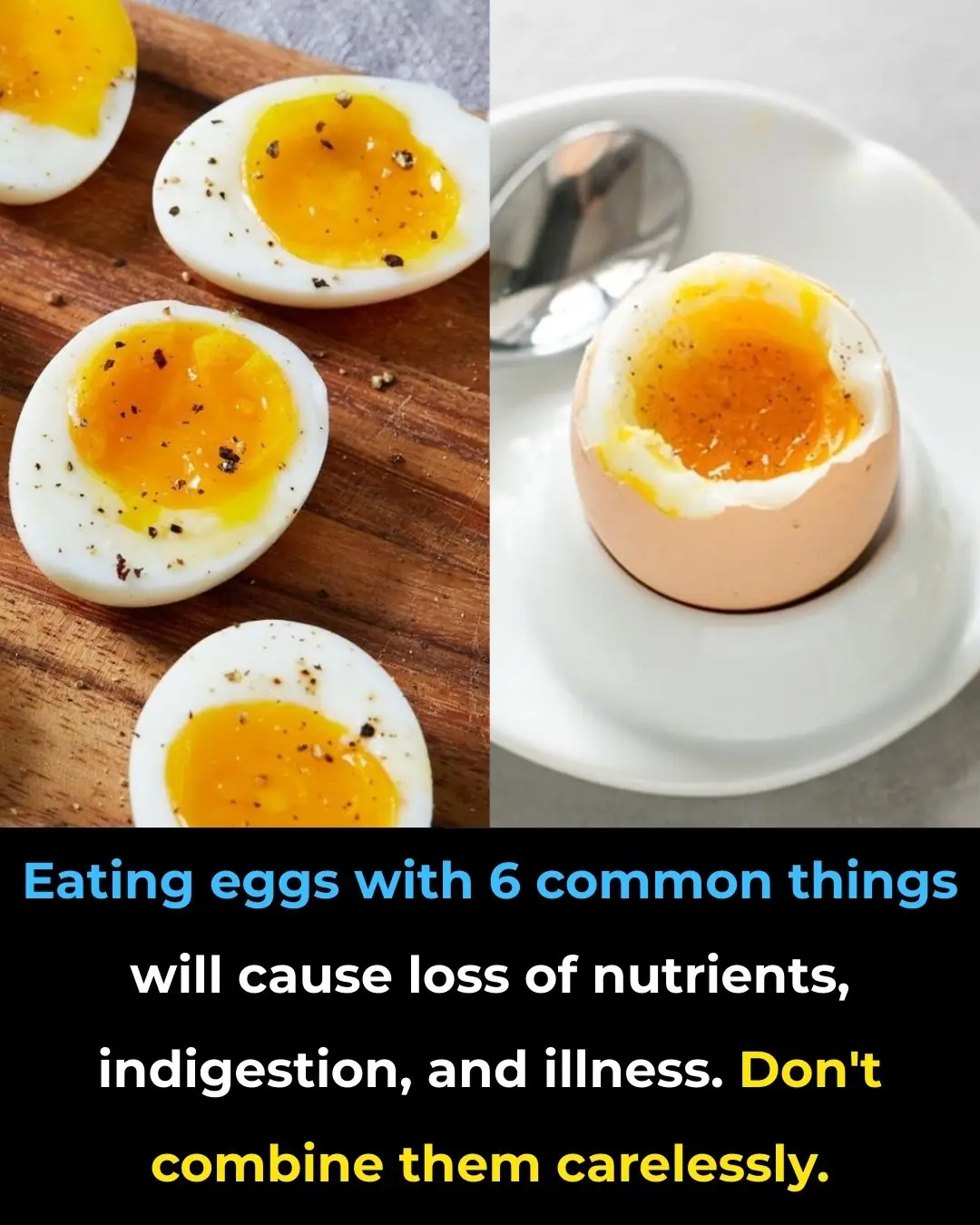
6 Foods You Shouldn’t Eat With Eggs

Cardiologist Reveals the #1 Exercise to Prevent a Heart Attack

Boost knee cartilage with this simple but powerful drink
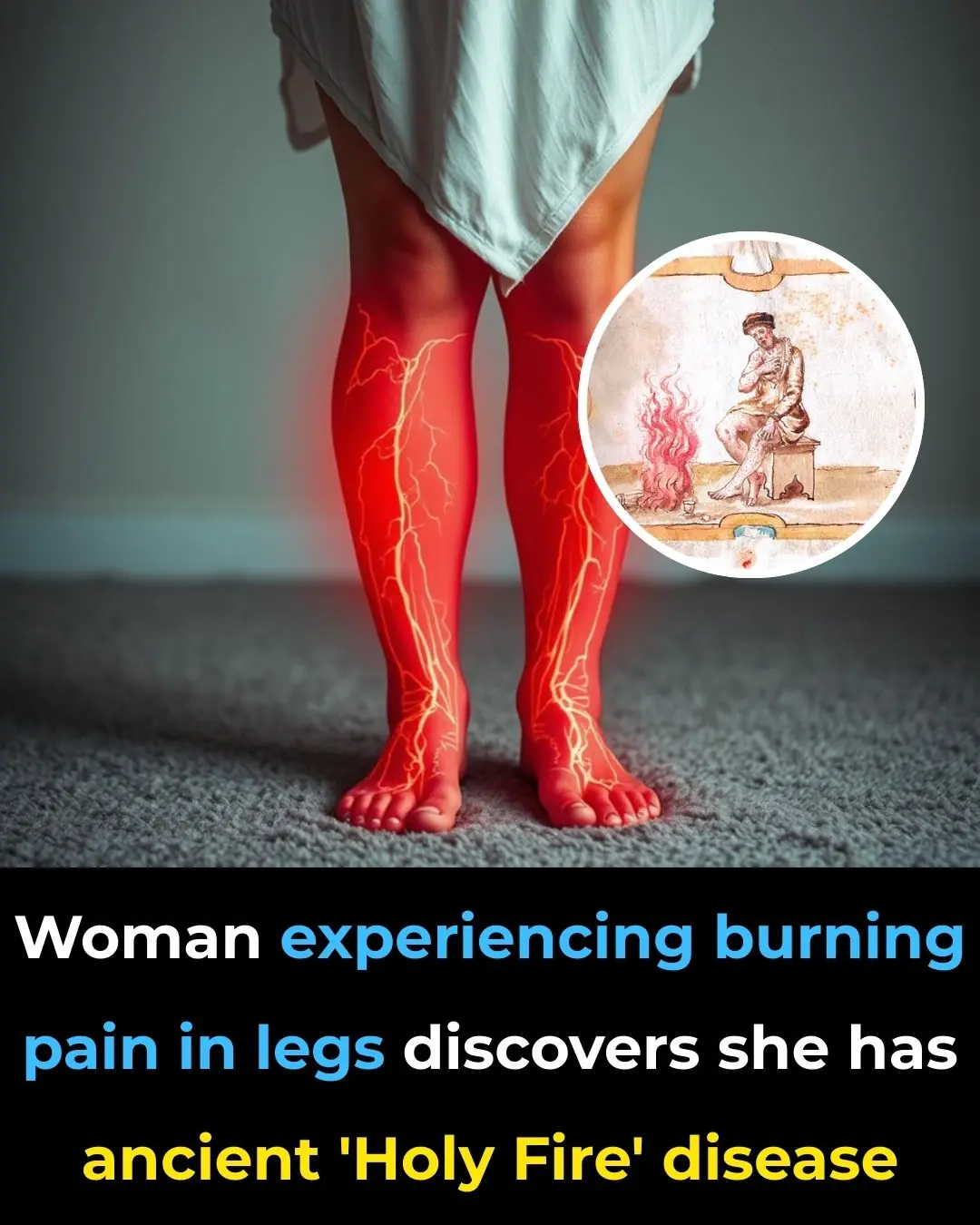
Woman Experiences Intense Leg Pain, Discovers She Has a Rare Ancient Disease Once Called ‘Holy Fire’
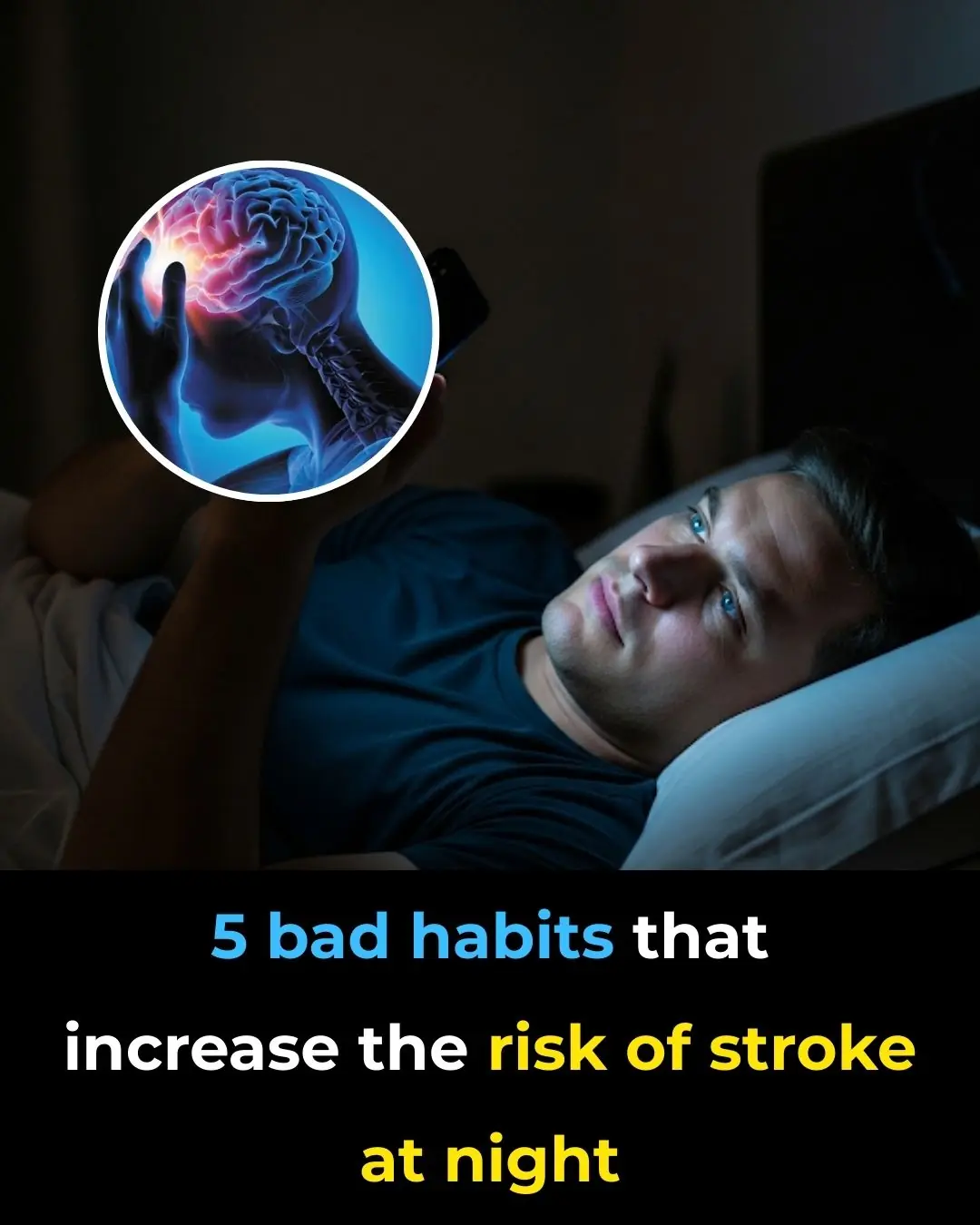
Nighttime Habits That Increase Your Risk of Stroke
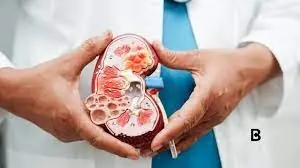
4 Signs Your Kidneys Might Be in Serious Trouble

The Potent Remedy: Turmeric and Honey as a Natural Antibiotic
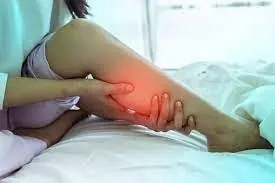
If Your Legs Cramp at Night, You Need to Know This Immediately!

Why You Should Always Close Your Bedroom Door Before Going to Sleep
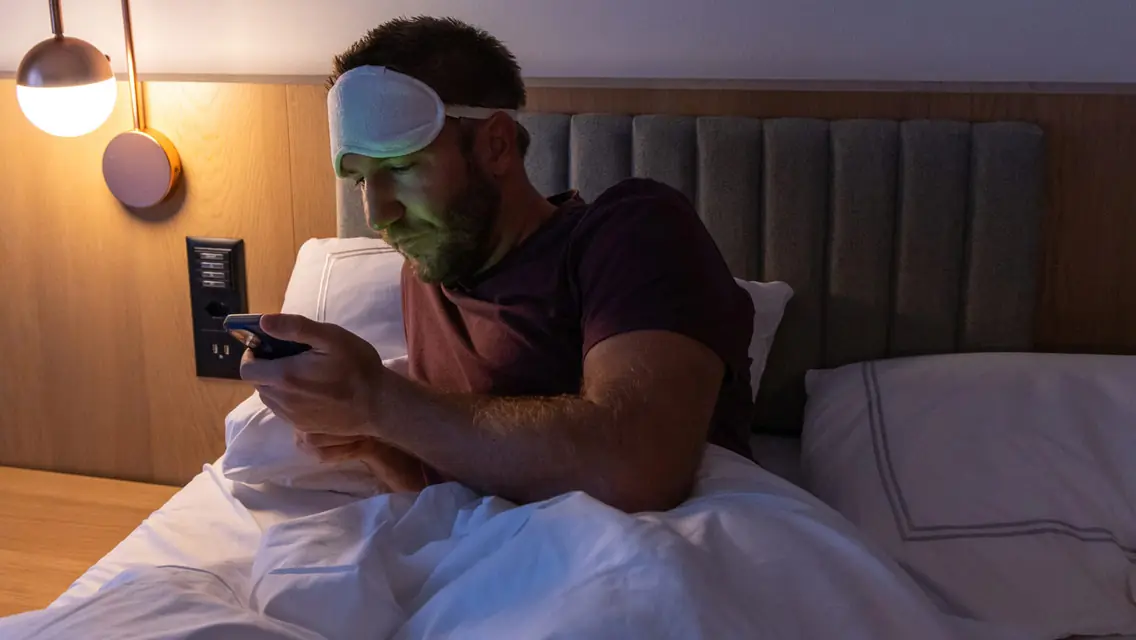
The Shocking Effects of Sleeping Less Than 7 Hours
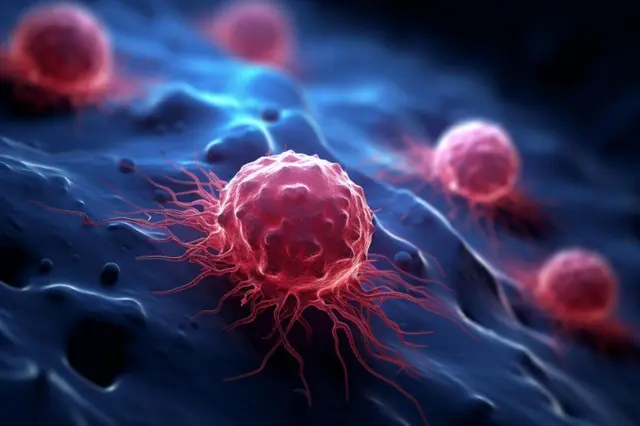
Scientists Have Discovered a “Kill Switch” in The Body That Can Destroy Any Cancer Cell
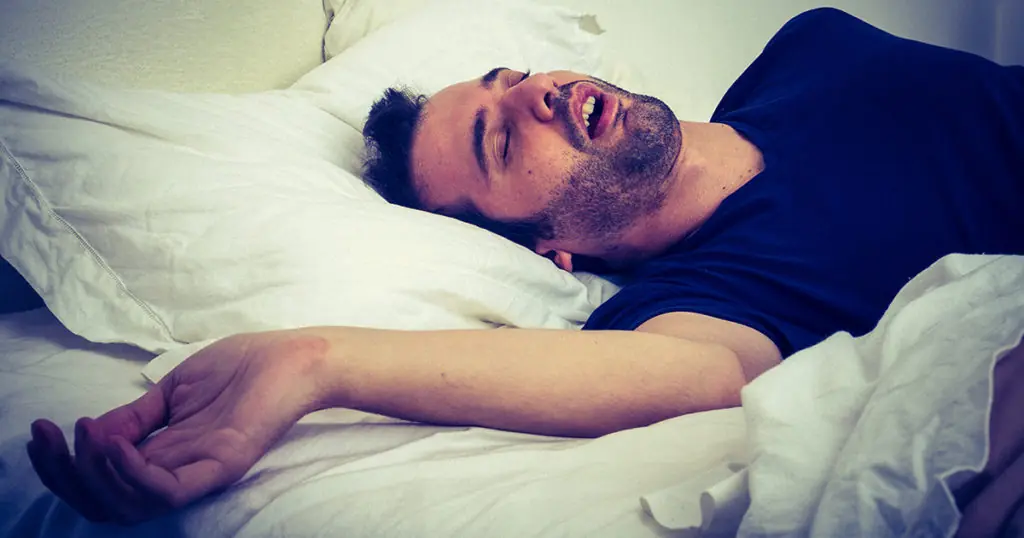
Snoring Isn't Just Annoying: It Could Be a Serious Health Warning
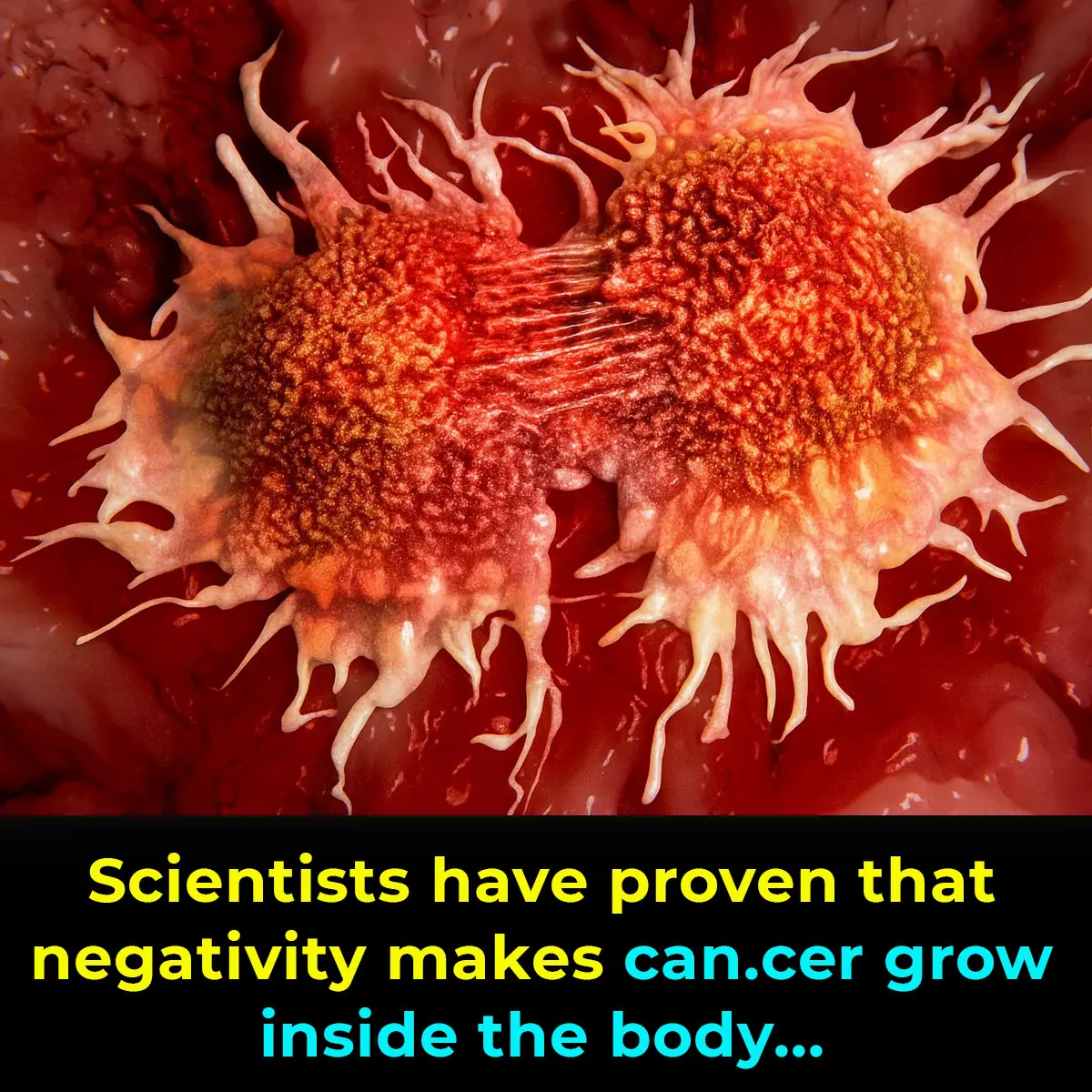
Scientists Have Proven That Negativity Makes Cancer Grow Inside The Body
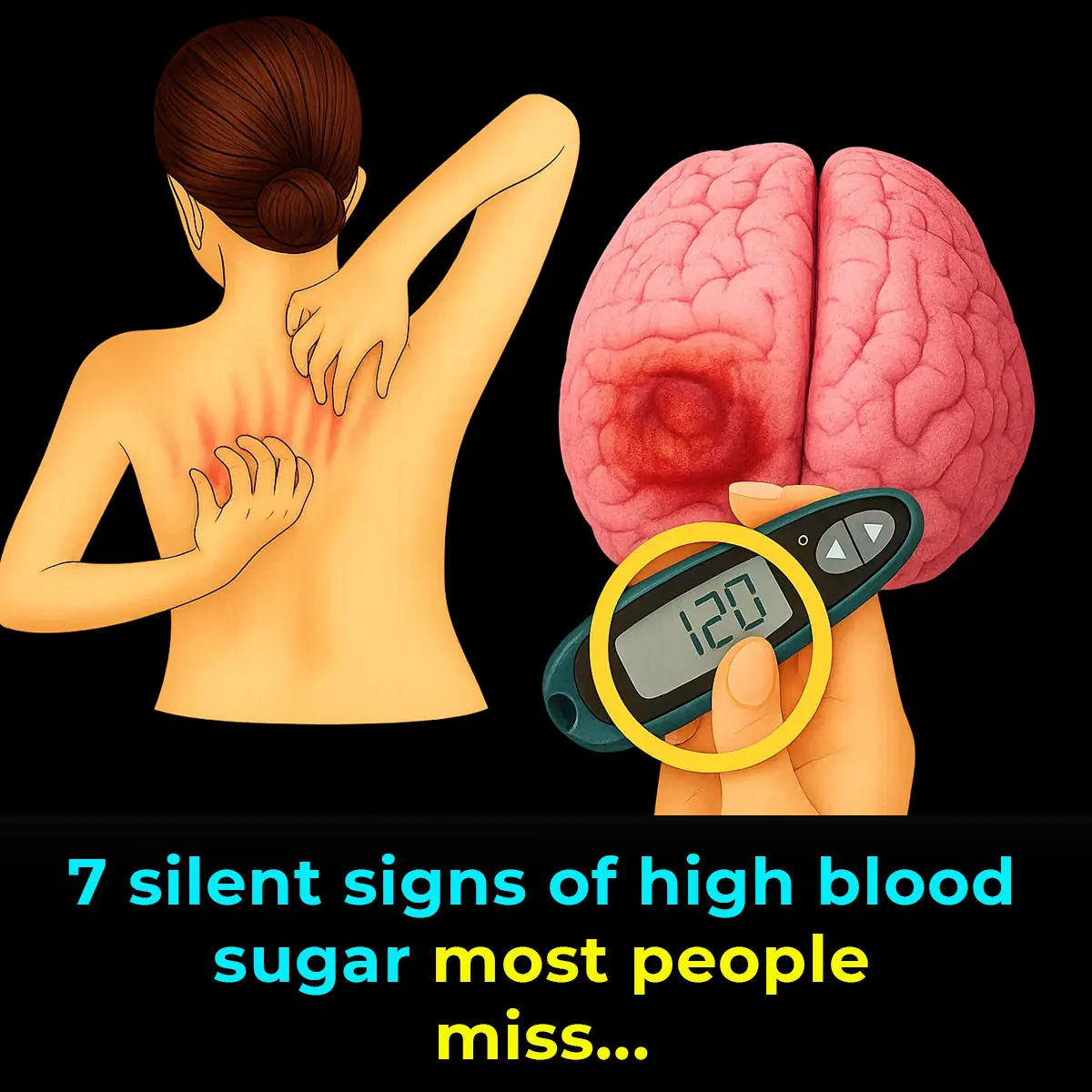
7 silent signs of high blood sugar most people miss

The #1 mineral deficiency linked to strokes (and how to fix it)
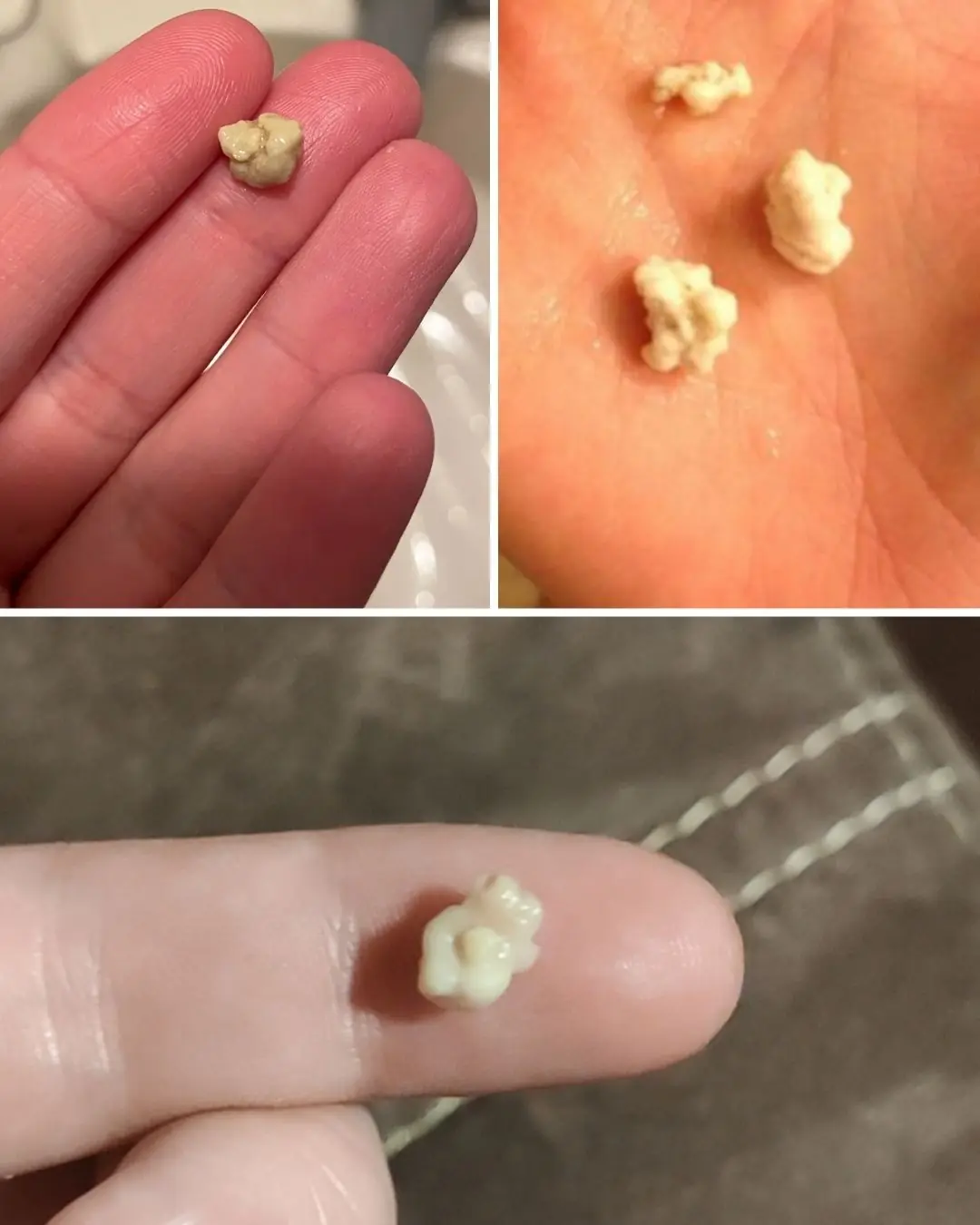
Tonsil Stones: Causes, Symptoms, and Natural Remedies

Your Heart Emits a Magnetic Field 100x Stronger Than Your Brain – And It Can Be Detected 3 Feet Beyond Your Body
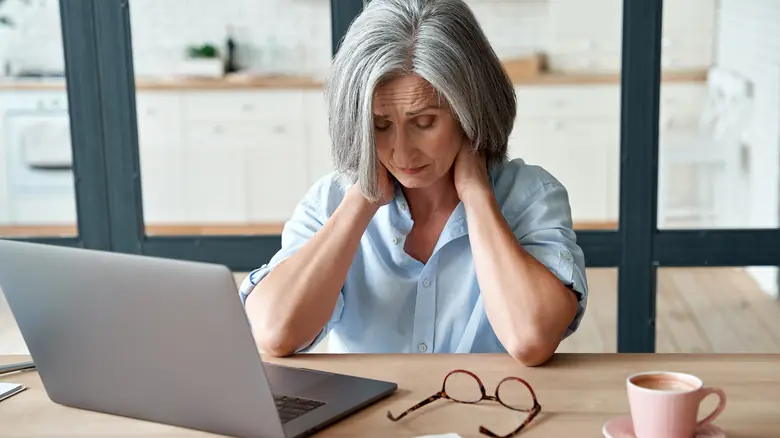
How Your Body Secretly Tells You You're Stressed
News Post

There’s a “Hidden Switch” on Your Water Heater: Using It Properly Can Make It Last Over 10 Years

There’s a Hidden Button on Your Air Conditioner Remote: Turning It On Can Cut Your Monthly Electricity Bill in Half — Don’t Miss Out If You Don’t Know!

Simple T-Shirt Image Is Driving the Internet Crazy

Great hacks every family needs

Early Signs of Liver Damage & How to Strengthen Your Liver

6 Foods You Shouldn’t Eat With Eggs

Cardiologist Reveals the #1 Exercise to Prevent a Heart Attack

Boost knee cartilage with this simple but powerful drink
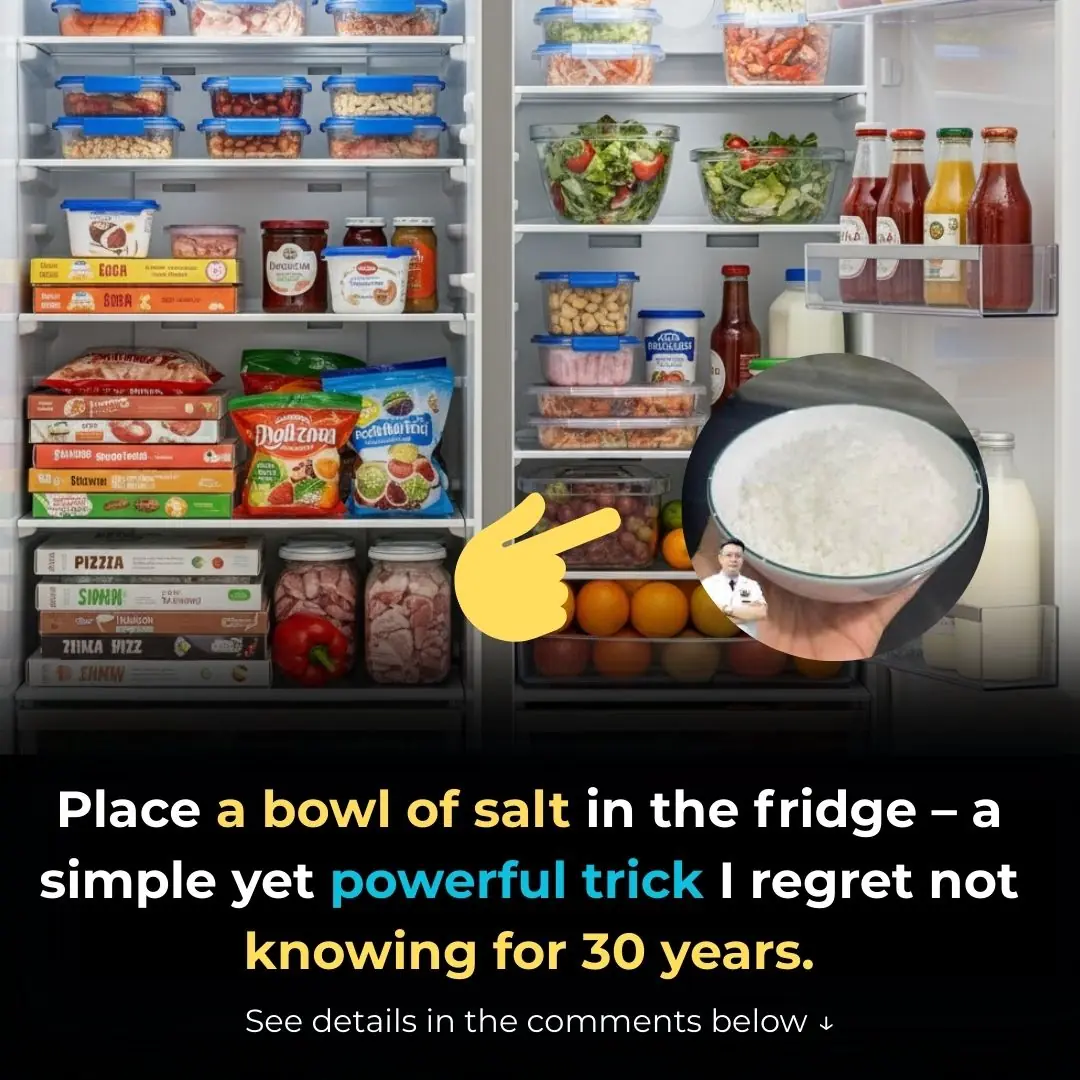
A small but effective tip

How to Cook Sticky Rice Without Soaking Overnight: Soft, Chewy, and Super Fast

How to Unclog a Sink Drain Without Calling a Plumber

Expiring Food: Should You Buy It or Not? The Answer Might Be the Opposite of What You Think

Couple’s Walk Leads to a Rare $70,000 Ambergris

Woman Experiences Intense Leg Pain, Discovers She Has a Rare Ancient Disease Once Called ‘Holy Fire’

Homemade Baking Soda Cream: Say Goodbye to Wrinkles and Dark Spots

Goodbye, Blood Sugar! A Simple Natural Drink That Helps Balance Glucose Levels

Tomato Benefits for Skin – Rub Tomato Slice on Face

Science Reveals How This Physical Trait May Indicate Narcissism

Nighttime Habits That Increase Your Risk of Stroke
